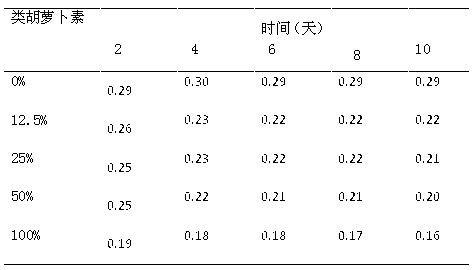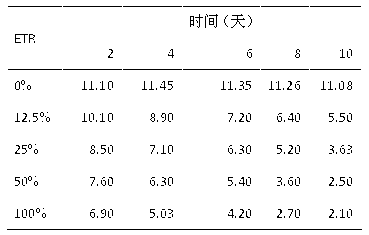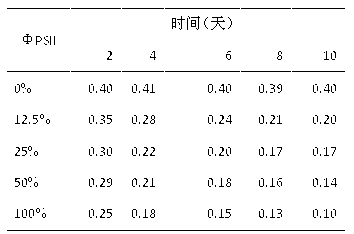A method of verifying allelopathy of plants by using chlorophyll fluorescence
A technology of chlorophyll fluorescence and plant allelopathy, applied in the field of chlorophyll fluorescence verification of plant allelopathy, can solve the problems of inaccurate judgment and low verification efficiency, and achieve the effect of clear response
- Summary
- Abstract
- Description
- Claims
- Application Information
AI Technical Summary
Problems solved by technology
Method used
Image
Examples
Embodiment
[0009] The method for verifying plant allelopathy with chlorophyll fluorescence includes the following steps:
[0010] 1. Data collection and analysis of plant chlorophyll fluorescence;
[0011] Second, the allelopathic effect on the verification of plant chlorophyll changes.
[0012] Described step 1, data collection and analysis of chlorophyll fluorescence of allelopathic plants; specifically including,
[0013] 1. Experimental materials:
[0014] Basic modulated chlorophyll fluorometer (Junior-Pam, Heinz Walz GmbH, D91090, Effeltrich); 15 disposable plastic petri dishes; 20-day preculture gametophytes of T. chinensis;
[0015] 2. Experimental design:
[0016] 1) Take the 20-day pre-cultured gametophytes of T. japonica and put them in 10 mL of water infusion solution of root exudates with a mass concentration gradient of 100%, 50%, 25%, 12.5% and 0%, respectively. Disposable plastic culture In the dish, keep 100 gametocytes per dish, and each group of mass concentratio...
PUM
 Login to View More
Login to View More Abstract
Description
Claims
Application Information
 Login to View More
Login to View More - R&D
- Intellectual Property
- Life Sciences
- Materials
- Tech Scout
- Unparalleled Data Quality
- Higher Quality Content
- 60% Fewer Hallucinations
Browse by: Latest US Patents, China's latest patents, Technical Efficacy Thesaurus, Application Domain, Technology Topic, Popular Technical Reports.
© 2025 PatSnap. All rights reserved.Legal|Privacy policy|Modern Slavery Act Transparency Statement|Sitemap|About US| Contact US: help@patsnap.com



